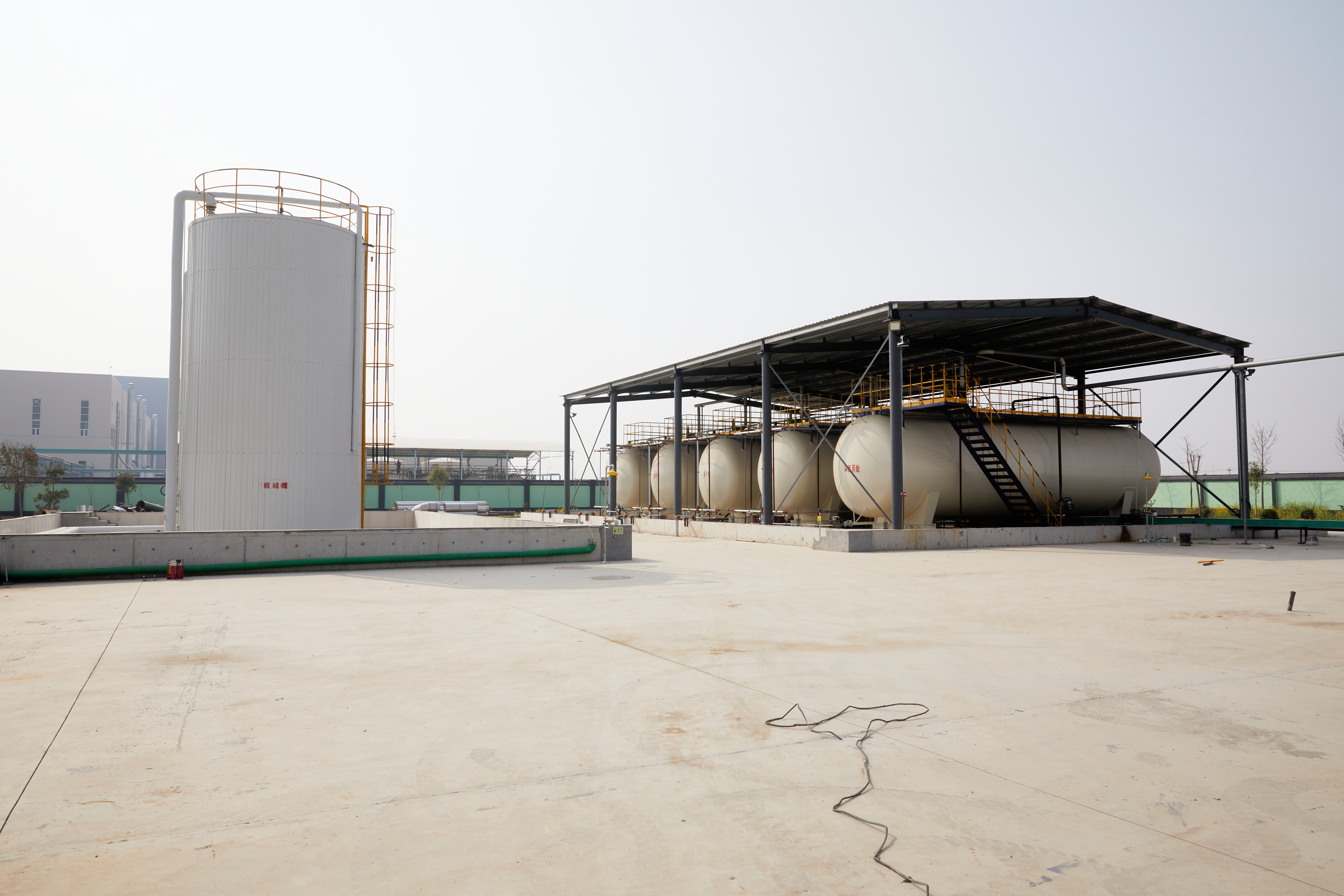Hydroxypropyl Methyl Cellulose (HPMC) is a vital additive in the construction industry, known for its excellent water retention, viscosity modification, and film-forming properties. These characteristics make HPMC an essential component in various construction materials, enhancing their performance and durability. This article explores the key uses and benefits of HPMC in construction projects.
Introduction to HPMC
Hydroxypropyl Methyl Cellulose (HPMC) is a non-ionic cellulose ether derived from natural cellulose through chemical modification. It is soluble in water, forms a gel-like structure, and exhibits high viscosity, making it highly effective in improving the properties of construction materials.
Key Uses of HPMC in Construction
- Cement-Based Plasters and Mortars
- Water Retention: HPMC significantly enhances the water retention capacity of cement-based plasters and mortars, ensuring sufficient hydration and curing. This leads to improved strength and durability of the final product.
- Workability: It improves the workability and consistency of the mix, making it easier to apply and finish. This results in a smoother and more uniform surface.
- Crack Resistance: By reducing water loss and shrinkage, HPMC helps minimize cracking, ensuring the integrity of the plaster or mortar.
- Tile Adhesives
- Adhesion Improvement: HPMC improves the bonding strength of tile adhesives, ensuring strong and durable tile installations.
- Extended Open Time: It provides extended open time, allowing more flexibility during tile placement and adjustment.
- Sag Resistance: Enhanced viscosity control helps prevent sagging, ensuring tiles stay in place during installation.
- Self-Leveling Compounds
- Flowability and Stability: HPMC enhances the flowability and stability of self-leveling compounds, ensuring a smooth and even surface finish.
- Surface Quality: It contributes to a high-quality finish, free from defects such as bubbles or unevenness.
- Joint Fillers and Grouts
- Consistency and Application: HPMC ensures a consistent and easy-to-apply mix, improving the performance of joint fillers and grouts.
- Shrinkage Control: It helps control shrinkage, reducing the likelihood of cracks and ensuring long-lasting results.
- Gypsum-Based Plasters
- Workability: HPMC improves the workability of gypsum-based plasters, making them easier to mix, apply, and smooth out.
- Adhesion and Durability: It enhances adhesion to substrates and increases the durability of the plaster.
- Render and External Wall Insulation Systems
- Water Retention and Adhesion: HPMC improves water retention and adhesion, crucial for the performance and durability of renders and external wall insulation systems.
- Weather Resistance: It enhances the weather resistance of these systems, protecting them from environmental factors.
- Concrete
- Pumpability: HPMC improves the pumpability of concrete, making it easier to transport and place at the construction site.
- Curing and Strength: It enhances the curing process and strength development of concrete, leading to more durable structures.
- Repair Mortars
- Application Properties: HPMC improves the application properties of repair mortars, making them easier to apply and shape.
- Durability: It enhances the durability and adhesion of repair mortars, ensuring long-lasting and effective repairs.
Benefits of Using HPMC in Construction
- Enhanced Performance
- HPMC significantly improves the performance of construction materials, ensuring better strength, durability, and overall quality.
- Improved Workability
- It enhances the workability of various construction mixes, making them easier to apply, shape, and finish.
- Cost-Effectiveness
- By improving the efficiency and performance of construction materials, HPMC helps reduce waste and labor costs, leading to more cost-effective projects.
- Durability and Longevity
- Construction materials enhanced with HPMC are more durable and long-lasting, reducing the need for frequent repairs and maintenance.
Mechanisms of Action
- Water Retention
- Hydration and Curing: HPMC interacts with water molecules, forming a gel-like network that traps water within the mix. This prevents premature drying and ensures sufficient water is available for the hydration and curing of cementitious materials.
- Viscosity Control
- Consistency and Stability: HPMC acts as a viscosity modifier, providing the desired thickness and stability to construction materials. This prevents segregation and ensures a homogeneous mix.
- Adhesion Enhancement
- Surface Interaction: HPMC enhances the interaction between the mix and the substrate, improving overall adhesion and bond strength.
- Film Formation
- Protective Layer: HPMC forms a thin, protective film on the surface of the material, reducing water evaporation and enhancing the curing process.
Conclusion
Hydroxypropyl Methyl Cellulose (HPMC) is a vital additive in the construction industry, playing a crucial role in enhancing the performance, workability, and durability of various construction materials. Its applications in cement-based plasters, tile adhesives, self-leveling compounds, joint fillers, gypsum-based plasters, renders, concrete, and repair mortars highlight its versatility and importance. By incorporating HPMC into their formulations, construction professionals can achieve superior results, ensuring durable, reliable, and high-quality construction outcomes.


